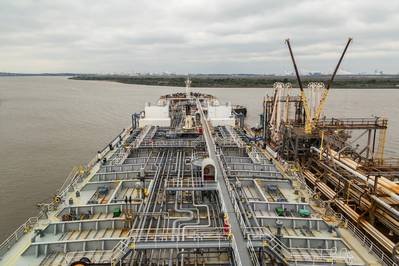Baton Rouge, New Orleans Ports Reopen After Ida, Key Oil Hubs Remain Shut
Most ports along the U.S. Gulf Coast had reopened on Thursday following lengthy closures from Hurricane Ida, which lashed southern Louisiana with 150-mile-per-hour winds that caused extensive infrastructure damage and floods.
Two of Louisiana’s main ports, New Orleans and Baton Rouge, reopened late on Wednesday, according to the U.S. Coast Guard. They joined the already functional terminals of Panama City, Biloxi, Mobile, Pascagoula, Bienville, Beaumont, Cameron, Lake Charles, Port Arthur, Sabine, Port Allen, Baton Rouge, Plaquemines, St Bernard, Berwick, Port Allen and New Iberia.
But critical ports that act as oil hubs for handling the up to 1.8 million barrels per day (bpd) of crude produced at the U.S. side of the Gulf of Mexico remained shut.
The Louisiana Offshore Oil Port, which is the largest privately owned crude export and import terminal in the United States; Port Fourchon, the Port of Houma and Southwest Pass remained shut on Thursday, while segments of the Mississippi River, one the U.S largest waterways, remained closed to vessel traffic, according to the Coast Guard.
Even after the port re-openings, The Valero St. Charles, Shell Norco, Marathon Garyville and Exxon Baton Rouge refineries in Louisiana remained cut off from crude and products supplies from the south via ship and barge, respectively, because of portions of the Mississippi that remain shut west of New Orleans.
Only the Exxon refinery has sufficient electrical power to begin restarting. The other three wait for power to be restored, the companies have said.
A growing bottleneck of tankers waiting to discharge crude imports for refineries in Louisiana or to load refined products for exports has been growing around the state’s ports since the storm passed, according to vessel monitoring services.
(Reporting by Liz Hampton, Erwin Seba and Marianna Parraga; Editing by Dan Grebler)











